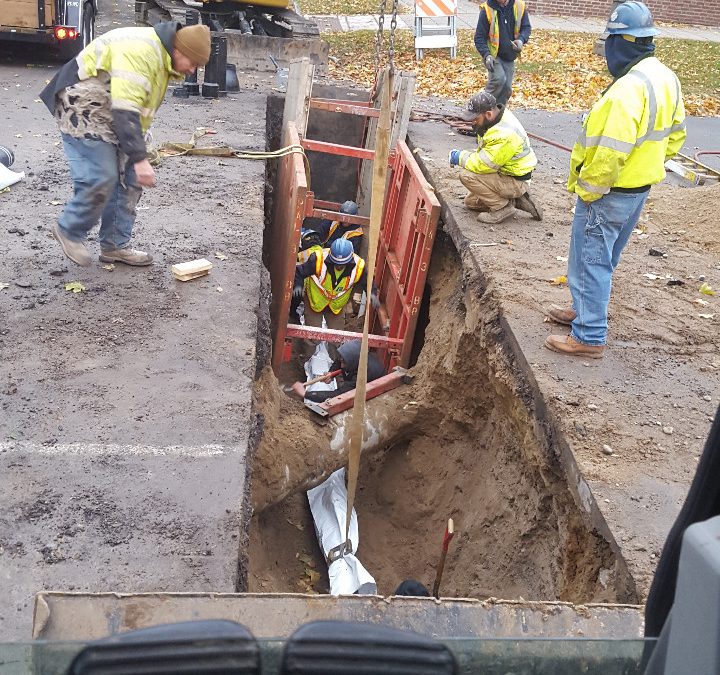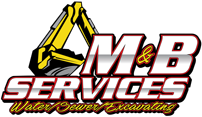
The majority of sewer line issues do not necessitate sewer excavation in Minneapolis and St. Paul. The majority of issues can be resolved using “no-dig” drain cleaning/clearing techniques such as cabling or Hydro Jetting.
However, certain conditions, such as burst or cracked pipes, necessitate the more costly sewer excavation. Here are two sorts of sewer excavations, as well as information to help you decide whether or not you need them. You might save tens of thousands of dollars if you know the answers.
Sewer Excavation Comes in Two Forms
To unearth your pipes, sewer excavation usually necessitates digging. This method is time-consuming, but it is effective at removing garbage and clogs from the plumbing system. It also ensures that all eyes are on the problem, allowing for a more thorough investigation.
There are, however, various types of excavation. Here are two examples:
1. Excavation of an Open-Top Sewer
In the event that trenchless sewer line replacement is not practicable, there is another option.
Although an open-top sewer line excavation is time-consuming and labor-intensive, it guarantees that your sewer line is restored entirely and thoroughly. On both sides of the pipe, as well as around it, holes must be excavated.
As you can think, this will involve the excavation of a large portion of your lawn. That is the disadvantage. Good plumbers, on the other hand, will put everything back in its proper place within reason.
Once the pipes have been found, which is normally done using a video inspection system, repairs can begin. Whether the sewer system needs to be totally replaced or simply changed, workers will have easy access to it.
A trenchless repair is frequently far more expensive than an open-top excavation. It is a safe and dependable method for repairing or replacing a broken sewer line.
2. Excavation after a pipe bursts
Because they don’t want trenches excavated in their yards, some homeowners are unwilling to have sewer lines repaired. It not only restores the sewer line, but it also makes room for their lawn.
One of the most significant advantages of pipe bursting is that it does not necessitate trench digging. To remove old and broken pipes, a pneumatic or hydraulic head is employed. The procedure entails removing the old, damaged pipe and replacing it with a new one that is the exact size needed for the area.
This type of excavation is quite new, having only been around for two decades. The absence of digging lowers costs, both in terms of labor and in terms of the money you’ll have to spend afterwards to restore your land.
Perhaps the most serious flaw is that there are frequently situations that cannot be resolved using this way. This trenchless technology can’t always replace the existing pipe. The pipe that needs to be replaced must be longer than 15 feet. It also can’t address certain sorts of sewer line problems, such as a collapsed pipe or troubles caused by poor grading.
Is it necessary to have my sewer excavated and repaired?
Nobody likes their yard to be dug up and excavated, yet it can be required. Here are some of the most common reasons for sewer line excavation:
• Building a structure. If you’re building a new home or business, you’ll need a new sewer line. With the help of an excavation team, this vital sewage system is installed on a new property.
• There is a problem with the sewer line. Sewer line damage is frequently caused by tree roots. Your sewage system can be harmed by oil, grease, and flushing anything other than toilet paper. Routine maintenance or Hydro Jetting are the best ways to avoid this. This will avoid more costly and time-consuming repairs, as well as preventing tree roots from causing further damage.
• Bringing the current system up to date. Switching from a septic tank to a city sewer system? If your septic tank needs to be repaired or if a new city bylaw demands it, think about it. You’ll need a new sewer line to make the move if that’s the case.
